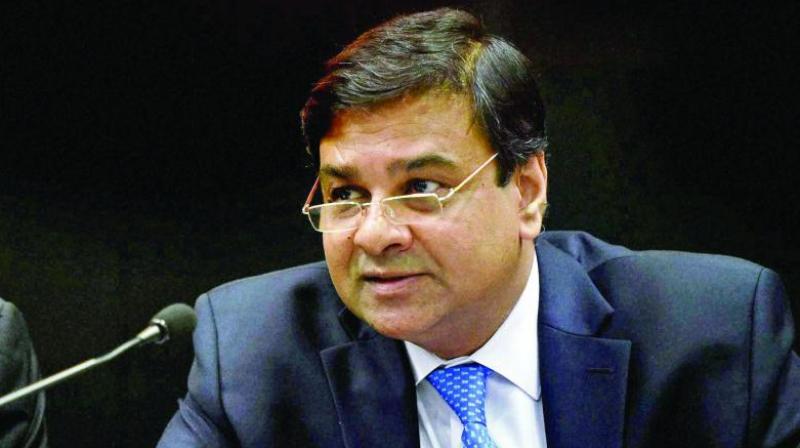Preventive vigilance better governance tool for public institutions: Urjit Patel
Percentage of vigilance cases against RBI employees' vis-Ã -vis the total staff strength of the Bank stood on average at 0.004 per cent.

New Delhi: RBI Governor Urjit Patel said on Thursday that preventive vigilance can be used as an effective tool of governance in public sector institutions, arguing that punitive vigilance may not yield the desired result.
Patel was speaking at a conference at the Central Vigilance Commission (CVC) here on 'Preventive Vigilance – The Key Tool of Good Governance at Public Sector Institutions'. Patel said 'preventive vigilance is aimed at reducing the occurrence of a lapse (violation of a law, a norm, or, broadly speaking, a governance requirement), while punitive vigilance seeks to deterring the occurrence of a lapse.
He said that punitive vigilance is difficult in a public sector institution for several reasons, adding the rewards are low to start with, thereby limiting the possibility of downward revisions. Given this constraint, Patel said disciplinary actions that limit the chances of career progression are often the preferred punishment.
"However, this has the misfortune of demotivating employees beyond the point of their career when punitive vigilance action is undertaken. This could, in principle, be dealt with a 'golden handshake'; however, the insurance that public sector jobs offer is often a key attractive feature of these jobs given the lack of significant upside financial rewards," he said.
Also, detective vigilance too is rendered somewhat ineffective, he said. Put simply, detection does not lead to punitive outcomes so that investment in detective vigilance does not guarantee the desired reduction in incidence of lapses, even though it might help in some cases arrest the slide and contain with remedial measures, Patel argued.
As a result preventive vigilance takes centre-stage and becomes a key effective tool of governance in a public sector institution, the RBI chief said, while elaborating on various aspects of vigilance.
"In other words, while not taking away from the need to engage in some detective and punitive vigilance, preventive vigilance is conceptually likely to be the most effective governance mechanism at public sector institutions," Patel stressed.
Referring to vigilance mechanism at the Reserve Bank, he said the overall responsibility for vigilance work at the central bank vests with the Central Vigilance Cell, which exercises its jurisdiction over all employees of the Bank and coordinates the activities of the 49-branch vigilance units.
The Cell maintains liaison with the Central Vigilance Commission (CVC) and the Central Bureau of Investigation (CBI).
"The focus of the Cell is to have a comprehensive preventive vigilance setup supported by an audit framework so that vigilance issues are minimised and to sensitise our employees to various aspects of vigilance administration," Patel said.
Giving a fact sheet about the RBI, he said over the last four years, the percentage of vigilance cases against RBI employees' vis-à-vis the total staff strength of the Bank stood on average at 0.004 per cent. Further, in terms of complaint cases received against RBI/RBI employees over this same period, the percentage that required punitive vigilance action stood on average at 0.081 per cent.

